Raghunath Temple : A Symbol of Spiritual Grandeur

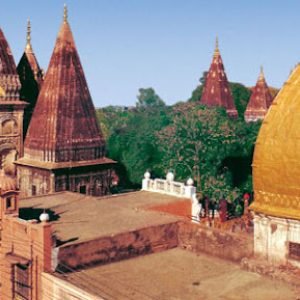
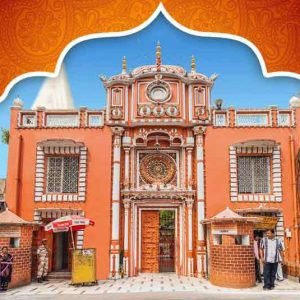
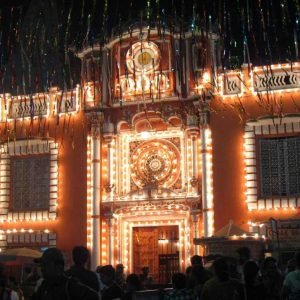
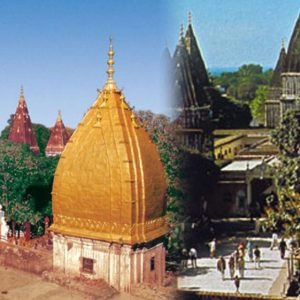
Table of Contents
Toggle1. Introduction
Raghunath Temple is an oasis situated in the heart of the city, one of the most revered temples in northern India dedicated to Lord Rama, who was considered an incarnation of Lord Vishnu. This monument of devotion, culture and history in the form of a temple attracts thousands of devotees and tourists every year, being one of the most prominent spiritual landmarks in Jammu.
It assumes a unique position in the religious scenario of the region, not only due to its association with Lord Rama but also due to its monumental magnitude, the intricacy of its designs and the place it occupies in the hearts of the locals.
2. History
The history of the Raghunath Temple is rich in royal patronage and devotion. The construction was started by the founder of the princely state of Jammu and Kashmir, Maharaja Gulab Singh in the early 19th century. His son, Maharaja Ranbir Singh, finally completed the temple in 1857. The fact that the temple was dedicated to Lord Rama indicates an inherent influence of the Ramayana as well as the practice of worship for Rama in northern India, especially among the Dogras, who were the largest community of Jammu.
The Dogras, strong believers in Lord Rama, poured significant effort into conceptualizing the temple. The authorities considered it to be a monument of spiritual unison and a place that could accommodate a large number of gods. Raghunath Temple’s association with the ruling family made it not only a place of worship but also a center of culture and politics for the masses around.
3. Brilliance in Architecture
Its architecture and design make it an exciting temple. It consists of seven shrines in its campus, and these have different Shikharas, hence becoming a significant representation of northern temple architecture in India. In design, it is a Mughal along with the traditional Hindu manner. The influence of other cultures on this area persisted for centuries.
Some of the gods and goddesses in the Hindu pantheon, such as Lord Vishnu and Lord Shiva, are accommodated besides the principal worship site, Lord Rama. Its large sanctum is highlighted in this temple by its gold plated interiors, especially the inner sanctum housing the idols of the principal deities. The very golden spires of the temple seem to dance in the light of the sun, a dazzling sight from afar that beckons pilgrims and visitors into its divine presence.
Inside the temple are many murals and carvings. Murals speak scenes from the Ramayana, Mahabharata and other Hindu epics, interestingly attempting to elucidate Hindu mythology. Each scene is colored and beautiful, thereby giving a glimpse into the devotion and artistic prowess brought into this temple in the form of a masterpiece.
4. Spiritual and Religious Significance
Raghunath Temple is a place of worship that signifies not only the culture but also the spiritual hub that speaks to the energies of devotion and peace. This temple brings all people in Jammu together for their daily rituals, special aartis and festivals. This temple has a peaceful atmosphere, but it feels saturated with the zest of activity carried out by the priests, devotees and visitors in interactions with each other inside, all contributing to the collective spiritual energy space.
5. Significance of the Temple
The festival of birth day of Lord Rama is celebrated as Ram Navami and this temple becomes significant on that particular day. This is the time when devotees from various parts of India come to perform prayers, participate in elaborate rituals and seek the favors of Lord Rama. The temple also celebrates Diwali and Dussehra in great grandeur, making it all the more important in the spiritual world.
Besides the daily rituals, the temple is a spiritual sojourn to which the visitors arrive to seek the practice of meditation and introspection. The temple’s atmosphere is calming and divine, conducive to spiritual seekers who seek to find inner peace and enlightenment.
6. Contributions to Jammu’s Culture
Apart from the religious importance, the Raghunath Temple is also an important cultural and social institute in Jammu. Since ancient times, the premises have been a center of learning and cultural progression, which has entertained scholars of religion, saints and culturalists. It has contributed a lot to spreading Hindu philosophy and values all over the region.
The temple’s library is something that very few people are aware of, but it is actually a great feature of the structure. It houses ancient manuscripts and scriptures relating to Hinduism, ancient Indian philosophy and even the history of the region and scholars find these texts valuable resources. The temple complex thus turned out to become an important center for preserving and disseminating the spiritual and cultural heritage of Jammu and Kashmir.
Besides being a religious place of worship, the temple also forms a venue for several religious and cultural activities, which goes a long way in fostering harmonious coexistence among people who belong to different communities within Jammu. Fundamentally a Hindu temple, Raghunath Temple has been historically inclusive because it had been open to diverse faiths throughout its history. Indeed, the role the temple has played in fostering communal harmony in this predominantly culturally diverse region is very noteworthy.
7. The Temple and its Problems
Like all the other historical monuments of India, the Raghunath Temple, too, has seen a lot of challenges in its long existence. The temple, over the years, has witnessed attacks by extremists and even bombings. The saddest instance of such an incident happened in 2002, when terrorists attacked the temple, leaving behind innocent people who lost their lives during this attack. But despite all these challenges, the temple stands and shows how the people as a whole have never given up on their faith in religion and their gods.
After such a blot, security measures have been bolstered, and today the temple remains under close surveillance for the safety of devotees and visitors arriving at the temple. Local government and temple authorities made some initiatives to restore and preserve the temple complex so it remains a beacon of spiritual and cultural heritage.
8. Role in Jammu Tourism
Raghunath Temple is one of the most significant and famous tourist attractions in Jammu. Often termed “City of Temples”, Jammu houses a number of ancient and religious places, for example, Raghunath Temple being one of the most popular. Historical significance and the spiritual ambiance make this temple a must-visit for pilgrims and tourists alike.
Most visitors to the temple visit it as part of other sightseeing attractions like Bahu Fort, Mubarak Mandi Palace and Amar Mahal Palace that exist closer to the city. As the temple stands strategically right at the center of the city, it increasingly attracts tourists, both local and foreign.
The Raghunath Temple is well publicized by the Jammu and Kashmir tourism department as part of the State’s rich cultural and religious heritage. Special tours and pilgrimage packages are offered to visitors that really make it easy for devotees and tourists to visit the temple and vicinities around.
9. Restoration and Preservation Efforts
With so much historical and architectural value in the temple, efforts have been made over time to preserve and restore the Raghunath Temple. This temple complex is above a hundred years old and has, therefore, been wearing out continuously. The government of Jammu and Kashmir, along with the authorities of the temples and heritage preservation bodies, has taken measures so that this temple stays for as long as possible.
The technique used for preserving the intricate murals and carvings within the temple is modern. Infrastructures of the temple are under improvement to accommodate an ever growing devotees and visitors who visit this sanctum without diminishing its sanctity.
The manuscripts and religious texts preserved within the library are taken care of in that place. Digitization is in progress so that these treasures are not lost in the sands of time, but for future ages to consider them.
The Raghunath Temple is a symbol of the rich cultural and spiritual heritage that Jammu possesses. Its grandeur, be it in architecture and in religious grounds, makes it a monument of great importance not only for the people of Jammu but also for devotees all over India. Its legacy endures and stands testimony to the deep rooted devotion and cultural pride of the people.
10. Conclusion
It doesn’t matter if you are just a pilgrim looking for the blessings of Lord Rama or a tourist who appreciates the cultural treasures of Jammu or even a history enthusiast and student of the architectural brilliance of the temple. The great place, the Raghunath Temple, is an unforgettable experience of the soul. Its towering spires, rich history and spiritual ambiance ensure that it will continue to remain a symbol of faith, resilience and unity generation after generation.
How to book a trip to Raghunath Temple, India with Charzan Holidays?
For a seamless and exceptional booking experience, contact Charzan Holidays at reservations@charzan.in or call us at +919622224473
People ask FAQ's
1. Why is Raghunath Temple famous?
Situated in Jammu, Raghunath Temple stands among the largest temple complexes in northern India and is actually dedicated to Lord Rama. It was erected in the mid-19th century by Maharaja Gulab Singh and contains seven shrines with towers for each one. It is also very famous for its elaborate architecture and huge number of ancient Hindu scriptures.
2. Who constructed Raghunath Temple in Jammu?
The Raghunath Temple in Jammu was constructed by Maharaja Ranbir Singh during the 19th century, particularly between 1835 and 1860. He built this temple for Lord Rama and thus it became one of the most important religious places at Jammu. The architecture is traditional Kashmiri and Mughal where more shrines with different deities can be seen.
3. How many shrines are there in Raghunath Temple?
The Raghunath Temple complex in Jammu contains over 12 shrines dedicated to a variety of gods and goddesses. Although the main shrine in this complex is that of Lord Rama, some other shrines contain different gods and goddesses of the Hindu pantheon, such as Lord Shiva, Goddess Durga and Lord Vishnu. The Raghunath Temple Complex stands remarkably differently among the cities of Pakistan as it possesses a rich religious heritage and magnificent architecture in Jammu.
4. Distance from Jammu to Raghunath Temple?
The distance from Jammu to Raghunath Temple is approximately 2 kilometers. Located in the heart of Jammu city, Raghunath Temple is easily accessible by foot or a short drive from major areas in Jammu. It is one of the most revered Hindu shrines, dedicated to Lord Rama and attracts pilgrims throughout the year.
Frequently Asked Questions
1. What is Raghunath Temple? |
| Raghunath Temple is a prominent Hindu temple dedicated to Lord Rama, located in Jammu, India. |
2. When was Raghunath Temple built? |
| The temple was built in the early 19th century, with completion in 1860 by Maharaja Gulab Singh. |
3. What architectural style is Raghunath Temple? |
| The temple features a blend of Indo-Aryan architectural styles with intricate carvings and tall spires. |
4. Which festivals are celebrated at Raghunath Temple? |
| Major festivals include Ram Navami, Diwali, and Dussehra, attracting thousands of devotees. |
5. Is there an entry fee to visit Raghunath Temple? |
| No, entry to Raghunath Temple is free for all visitors. |
6. What are the visiting hours for Raghunath Temple? |
| The temple is open from 5 AM to 9 PM daily. |
7. Is photography allowed inside Raghunath Temple? |
| Photography is generally prohibited inside the temple to maintain sanctity. |
8. What facilities are available for devotees at Raghunath Temple? |
| Basic facilities include drinking water, restrooms, and shops selling religious items. |
9. How can I reach Raghunath Temple? |
| The temple is easily accessible by road, with local transport options available in Jammu. |
10. Is there a dress code for visiting Raghunath Temple? |
| Visitors are advised to dress modestly, covering their heads and shoulders. |
11. What rituals are performed at Raghunath Temple? |
| Daily rituals include aarti, havan, and various pujas, especially during festivals. |
12. Are there accommodations near Raghunath Temple? |
| Yes, there are numerous hotels and guesthouses available in and around Jammu city. |
13. What is the significance of Raghunath Temple? |
| The temple symbolizes devotion to Lord Rama and embodies principles of righteousness. |
14. What nearby attractions can I visit after Raghunath Temple? |
| Nearby attractions include Ranbireshwar Temple, Baag-e-Bahu, and Rani Charak Mahal. |
15. Is Raghunath Temple open on public holidays? |
| Yes, the temple remains open on public holidays, often seeing larger crowds during festivities. |


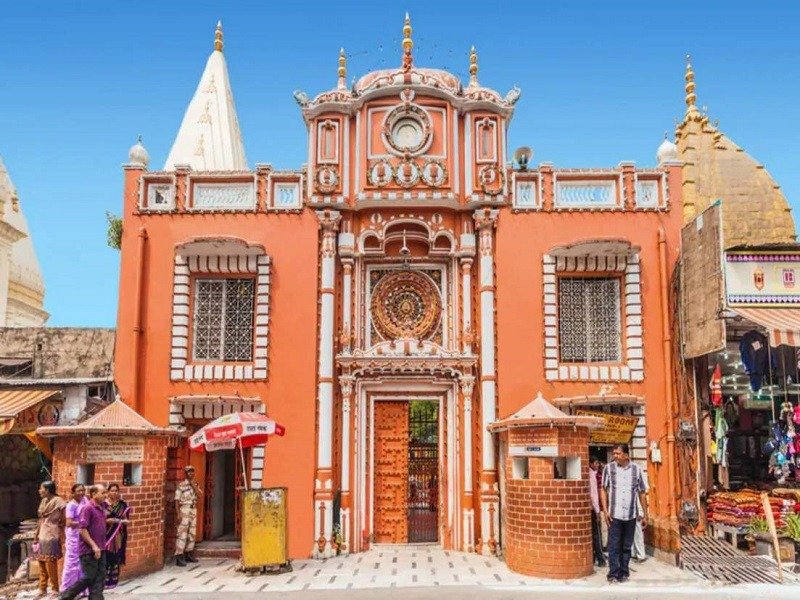
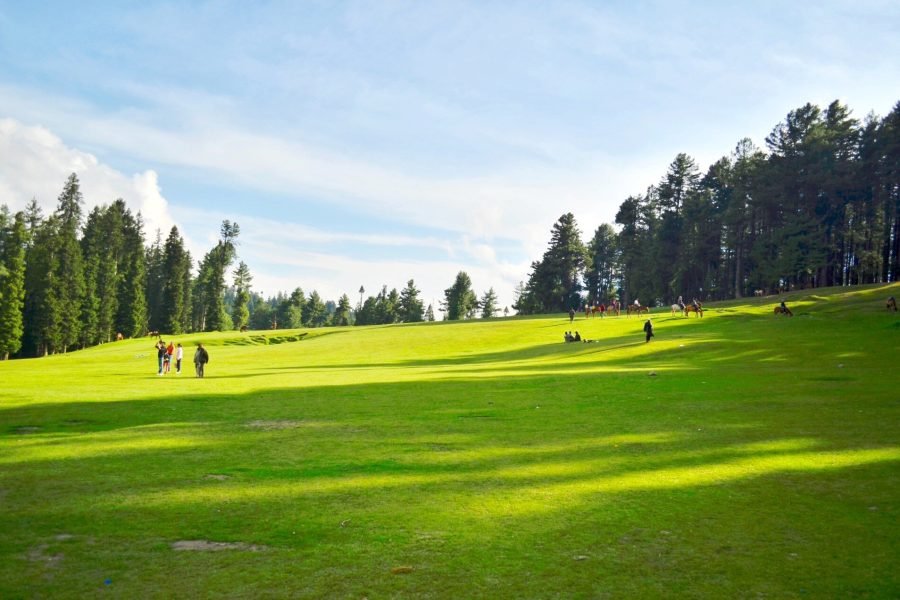
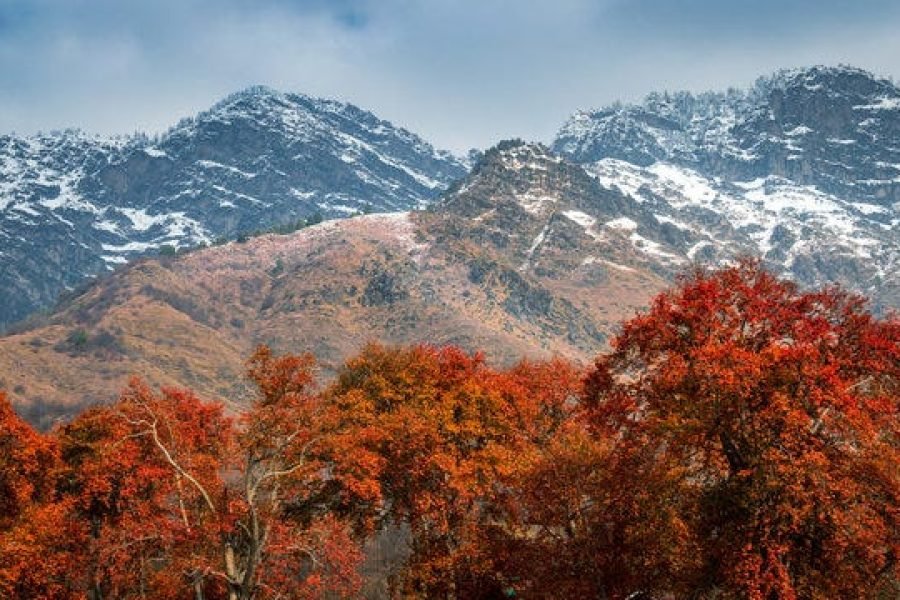
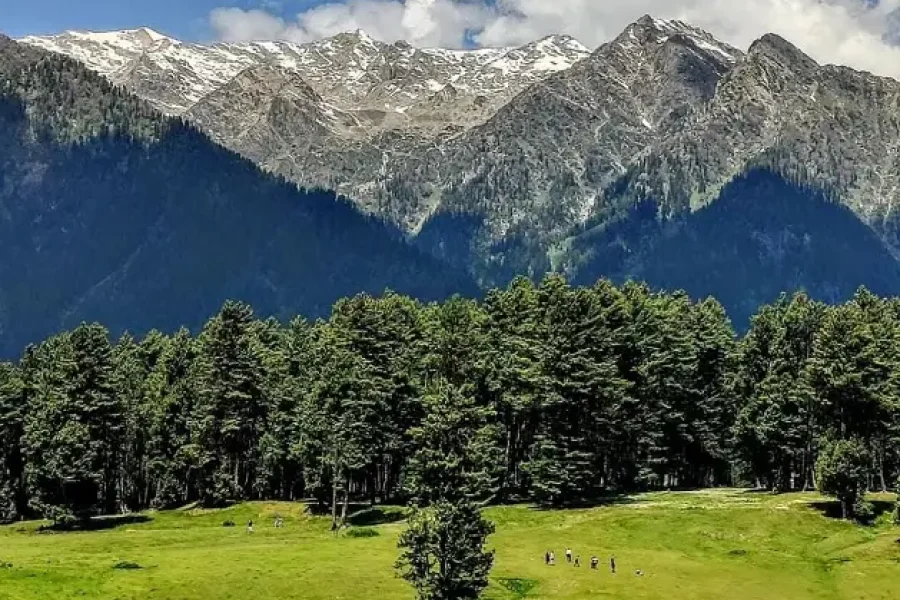
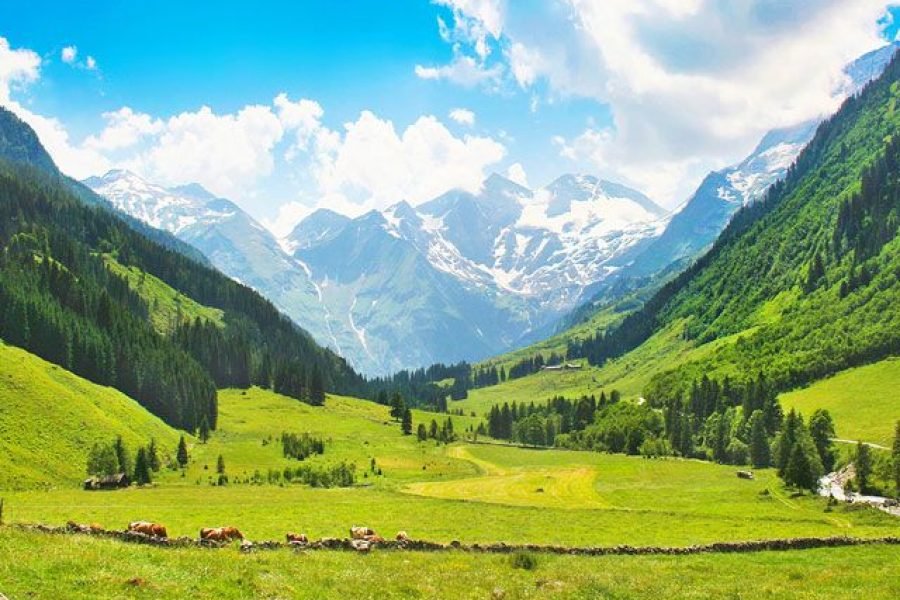
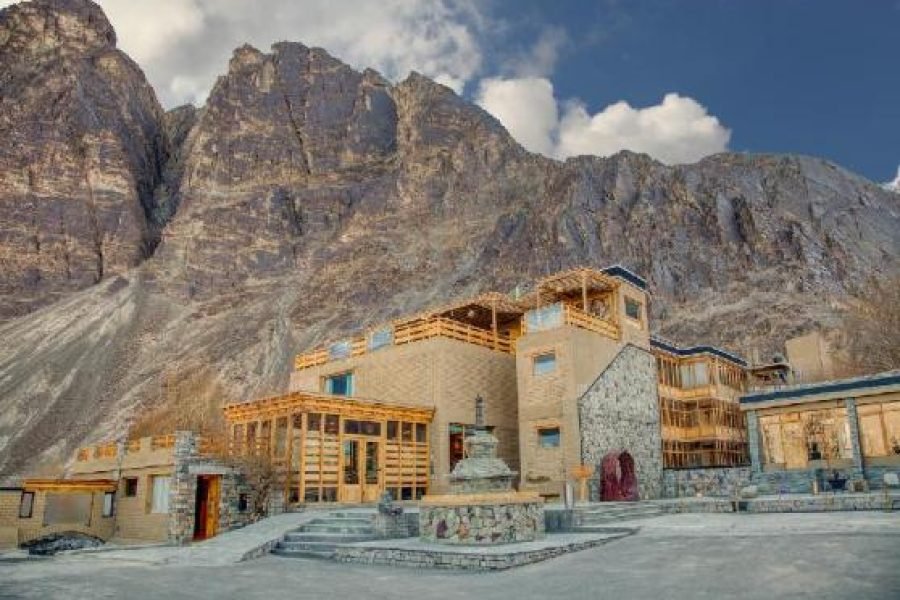

0 Comment